The new Continental tire range for 2022 – Five brand new models for all use cases
Go big or go home! Continental did just that, not just updating their tires but coming up with a completely new gravity range for 2022. It’s made up of 5 all-new tires as well as 3 different casings and rubber compounds. Read on for the details, an overview of the variants and our first riding impression.
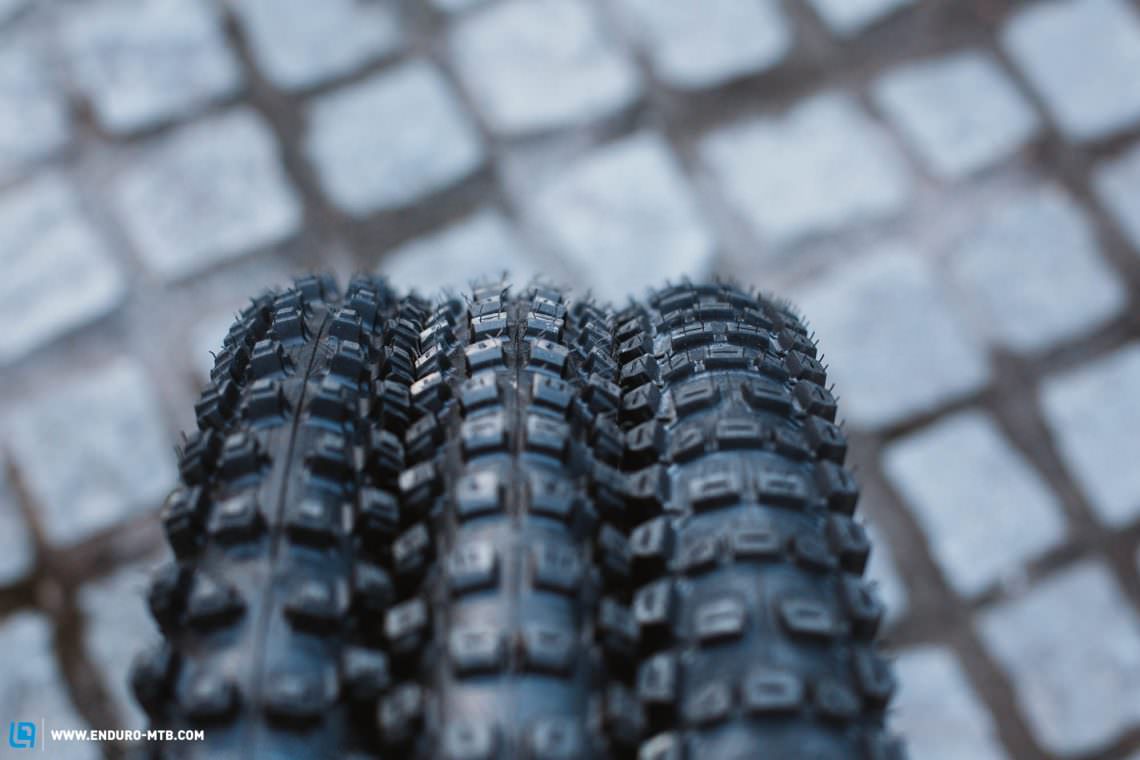
Continental are a well-known brand and their motor vehicle and motorsport tires are firmly positioned in their respective markets. However, despite their financial resources, wealth of knowledge about rubber compounds and in-house test laboratory, they still haven’t made the breakthrough in the mountain bike world – not yet at least. According to Continental, their best-known models, Der Kaiser and Der Baron were no longer competitive and have been on the market for more than 10 years without undergoing any significant changes.

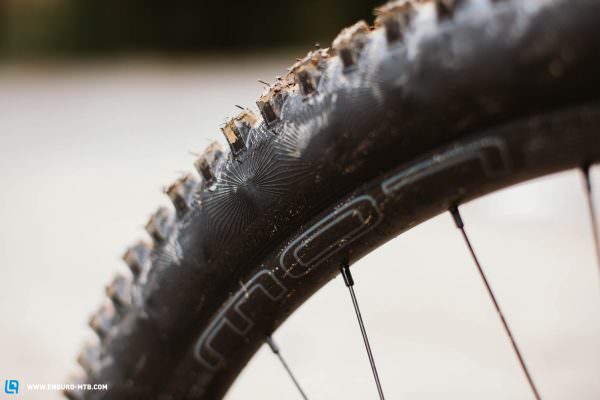
With the introduction of an entirely new gravity range, the German tire manufacturers are now tackling the matter head-on. The new line-up has been developed and tested from the ground up and will replace the previous gravity models. Unlike road tires, the development of a mountain bike tire doesn’t lend itself well to laboratory simulations, so they used a lot of feedback from professional athletes such as the Atherton siblings. This collaboration resulted in 5 new models, three different casings and three rubber compounds. The tires are available in the two most common wheel sizes, 29” and 27.5”. Most of the tires are available in widths of 2.4″, with certain variants also available in 2.6″ widths, and the total line-up includes a whopping 42 variants. Thanks to this large variety, you should find the perfect tire for every purpose and every bike, regardless of whether it’s mud, rocks, slabs, deep loam or loose scree you’re looking to tackle. Prices start at € 59.95 and vary depending on casing and compound.
The new Continental tires: Xynotal, Kryptotal, Argotal and Hydrotal
The new Continental tires can be recognised by the diamond-shaped pattern on the sidewall. Instead of a whole lot of lettering, all you get is the cryptic model name and three symbols to describe the intended use, casing and rubber compound, along with the Continental logo. They are classified according to the trail conditions: Xynotal for hard subsoil, Kryptotal for mixed conditions, Argotal for loose subsoil and Hydrotal for mud.
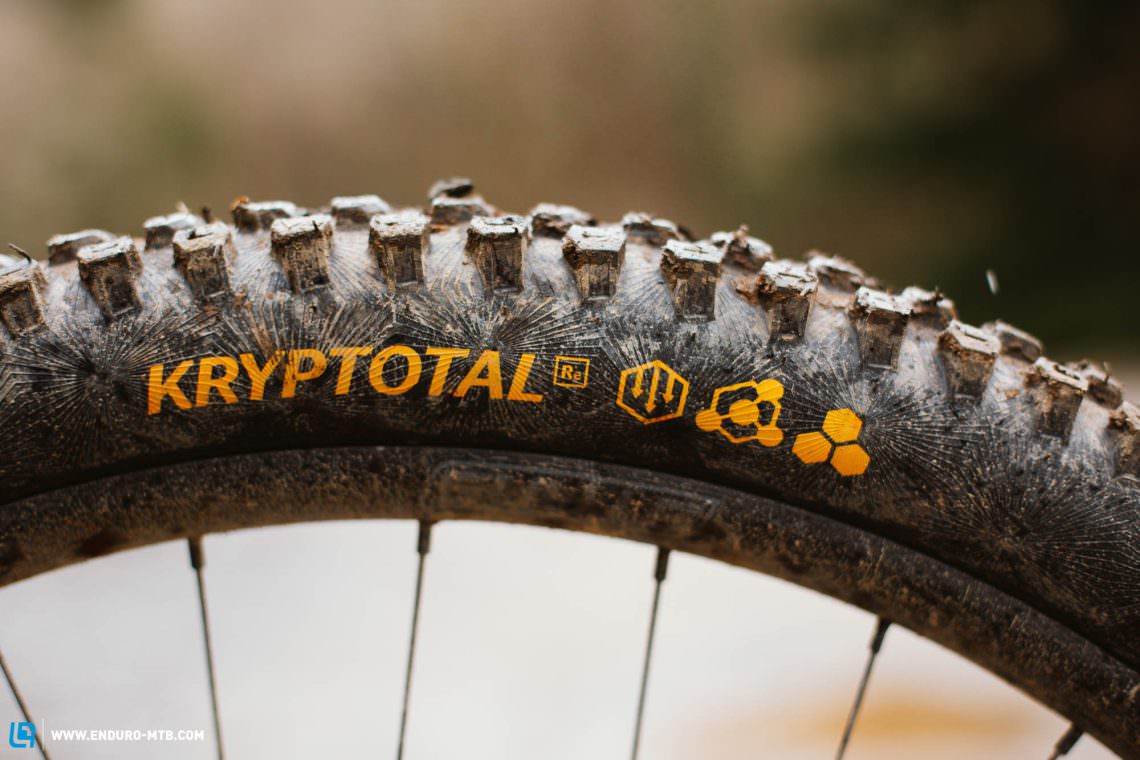
Xynotal
The Xynotal has been developed for hard and rocky terrain. Thanks to its bevelled knobs, it should offer minimal rolling resistance while ensuring permanent contact with the ground. The large surface of the knobs should provide a large contact patch on hard surfaces.
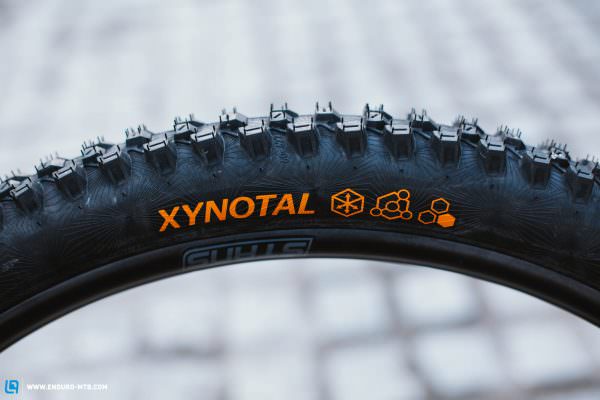
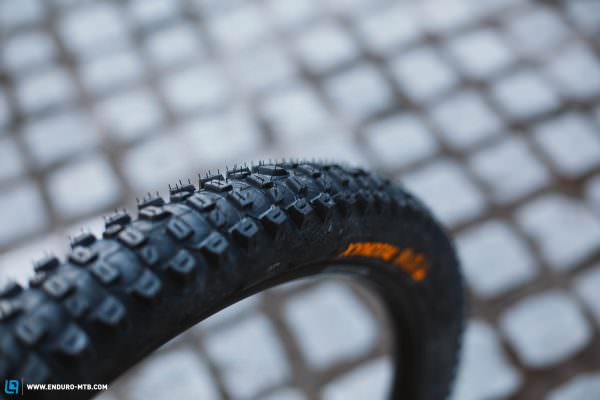
Kryptotal
The Kryptotal is considered an all-rounder in the line-up and is the only tire in Continental’s portfolio that is front or rear specific.
Kryptotal FR (front)
The tread pattern of the Kryptotal FR is optimised for front-wheel specific demands, promising to be very stable, controllable and responsive.
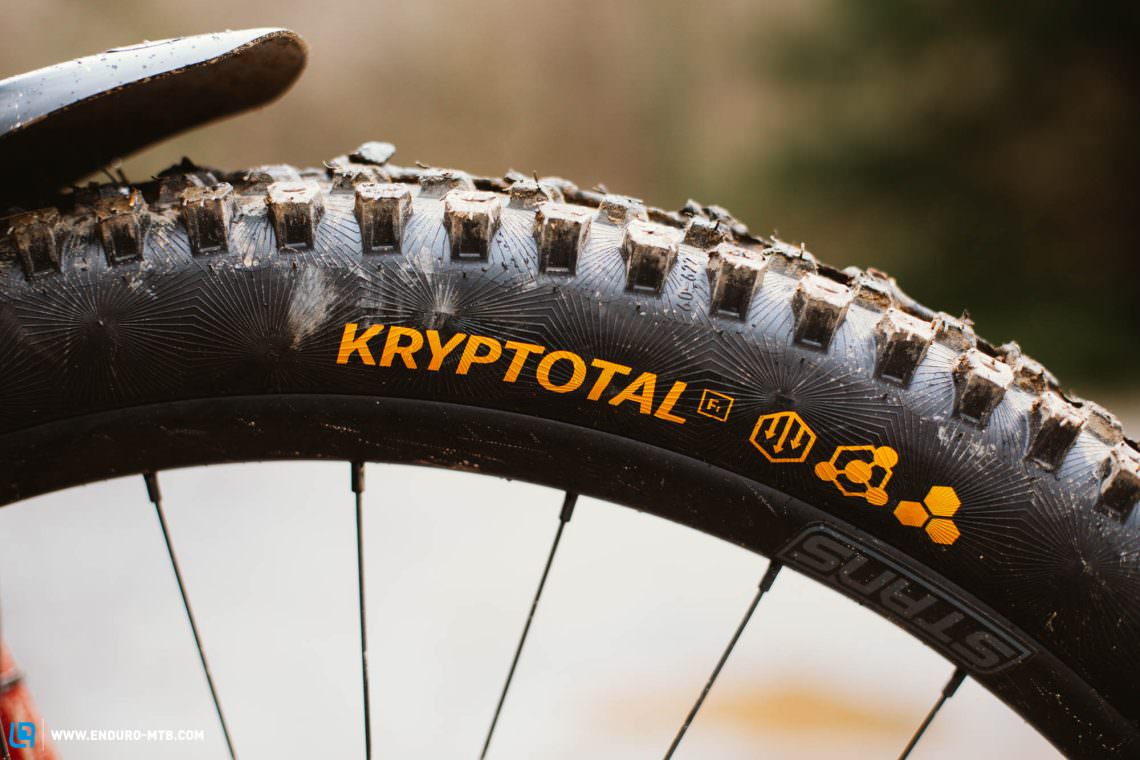
Kryptotal RE (rear)
The Kryptotal RE offers a mixture of differently sized knobs and negative spaces, which should result in a good balance between rolling resistance and pronounced knobs. As such, they promise a lot of braking power, grip and stability.

Argotal
The Argotal is designed to excel on loose surfaces such as loam or dust. Due to its open pattern, it’s said to be very good at self-cleaning and the reinforced shoulder knobs should provide extra cornering stability and grip.

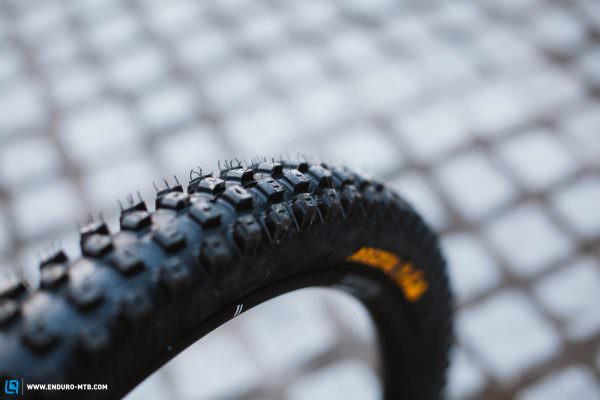
Hydrotal
The Hydrotal has been developed for wet and muddy conditions. The open profile prioritises self-cleaning and the reinforced shoulder knobs are intended to provide increased cornering stability. They’re specially designed for downhill racing and are therefore exclusively available with a DH casing and Supersoft rubber compound.
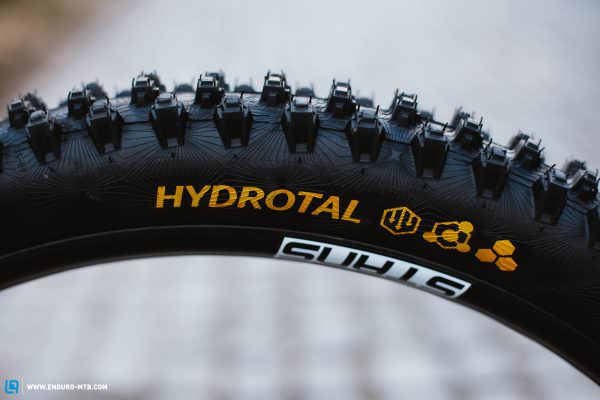
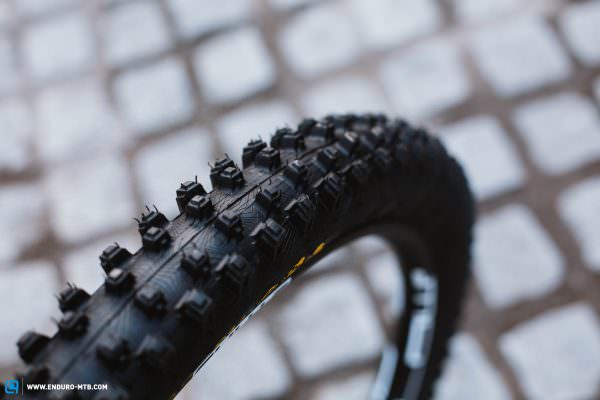
Continental’s new casings
Continental have developed three casings for its new line-up: Trail, Enduro and DH, which is indicated with three hexagons. The more of these hexagons are coloured in, the more robust the casing. Of course, this also increases the weight. All three casings are tubeless-ready and approved for ebikes.
DH
The DH casing consists of 110 TPI material: 6-ply under the centre tread and 4-ply on the sidewalls. To further protect the tire from punctures and stabilise the sidewalls, they feature additional Apex reinforcing. Tires with the DH casing are primarily intended for bikes with 170 to 200 mm travel.
Enduro
The Enduro casing also uses 110 TPI material. However, with three layers in the centre and two layers on the sides, it’s just half as thick as the DH casing. However, they’ve incorporated an additional layer of fabric, which should protect against cuts. The Enduro casing also features Apex stabilisation. They’re primarily intended for bikes with 140 to 170 mm travel.
Trail
The structure of the Trail casing is very similar to that of the Enduro models, consisting of three layers in the centre and two layers on the side. However, it uses a 60 TPI material. It also features the additional layer of fabric to prevent cuts, though they’ve left out the Apex stabilisation for the side walls. The Trail casing is primarily intended for bikes with 140 to 170 mm travel.
The different rubber compounds from Continental
Continental also offers three rubber compound options: Endurance, Soft and Supersoft. The compound always depends on the casing. Tires with the Trail casing are available with the Endurance compound, the Enduro casing is available with the Soft compound and tires with the DH casing are available with the Soft or Supersoft compound. The symbol for the compound is like that used for the casing: the more the symbol is filled in, the softer the rubber compound. As the names and their combinations with the casings suggest, the Supersoft compound should offer the most grip and rolling resistance, the Soft compound balances the two properties, and the Endurance compound has the least rolling resistance and the least grip.
An overview of all available variants of Continental’s gravity line-up

First ride review of the Continental Kryptotal FR and RE tires
We had the chance to test ride the new all-round Kryptotal tires as part of the press release camp. For that, we spent a day at the Dyfi Bike Park in Wales and were given a range of Atherton bikes to choose from and shred the trails. We used the 2.4″ wide Kryptotal FR and RE tires with the Supersoft rubber compound and DH casing. During the day we worked our way down to a tire pressure of 24 psi at the front and 26 psi at the rear, which corresponds to about the same pressures we would run with MAXXIS Downhill or Schwalbe Super Downhill casings. You must keep in mind that the ground in Dyfi Bike Park is very hard and rocky, requiring a slightly higher tire pressure due to its nasty edges.


Despite some moments where we were sure that we’d hear the tires produce that hateful hiss, the tires survived the day unscathed. At the pressures mentioned above, the Kryptotal tires also handled big compressions and high-speed berms without burping. If you do manage to get the tires to slide out, this happens predictably and evenly, allowing you to respond appropriately. Unfortunately, the few descents we got in on an unfamiliar bike weren’t enough for a more in-depth impression. However, we’re already putting them through their paces on our local test track and will provide you with an honest and precise review and comparisons soon.
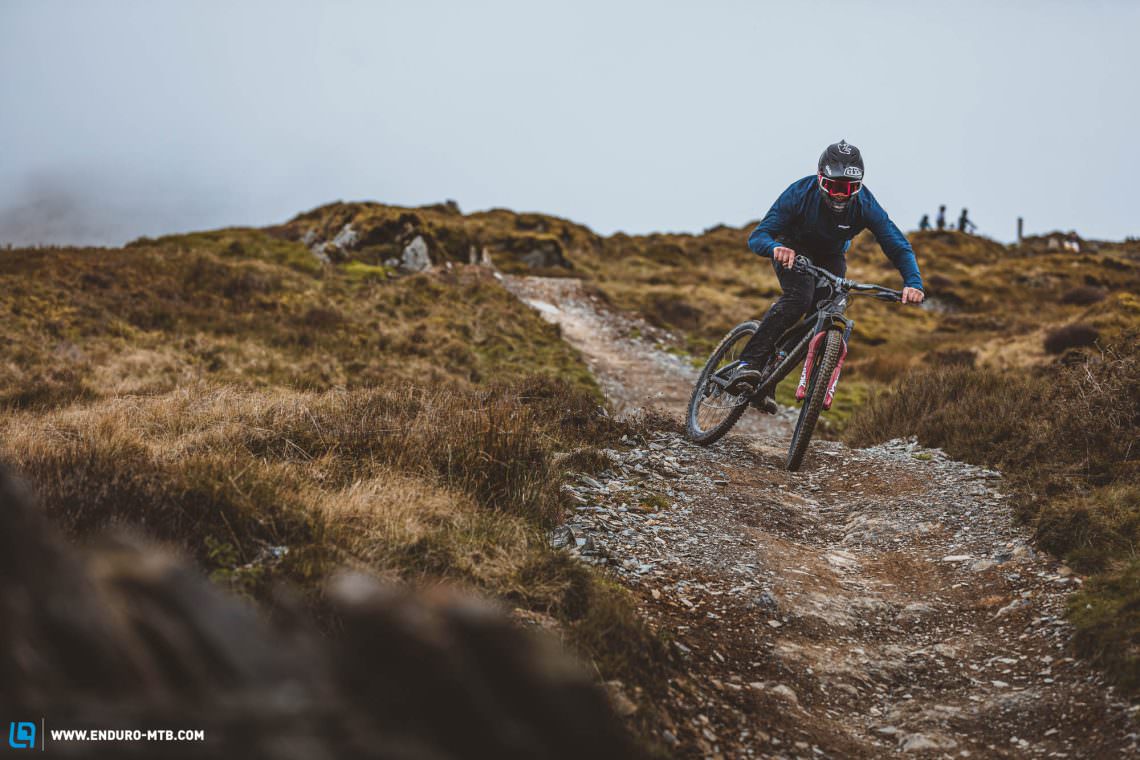
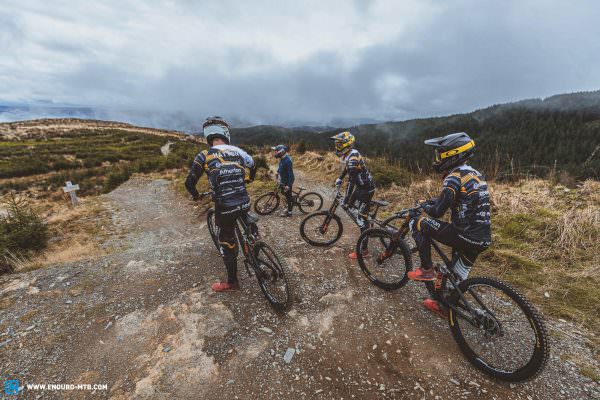

Our conclusion on the new Continental gravity line-up
With the new gravity line-up, Continental are trying to make their mark on the mountain bike world. The new tires are sensibly categorised according to their intended use, offering a coherent package together with the different rubber compounds and casings. The naming of the casings and compounds makes it easy to choose the right tire, even if the actual model name is somewhat confusing at first glance. On the trail, the tires seem promising and made a good first impression.

For more information, visit www.continental-tires.com.
